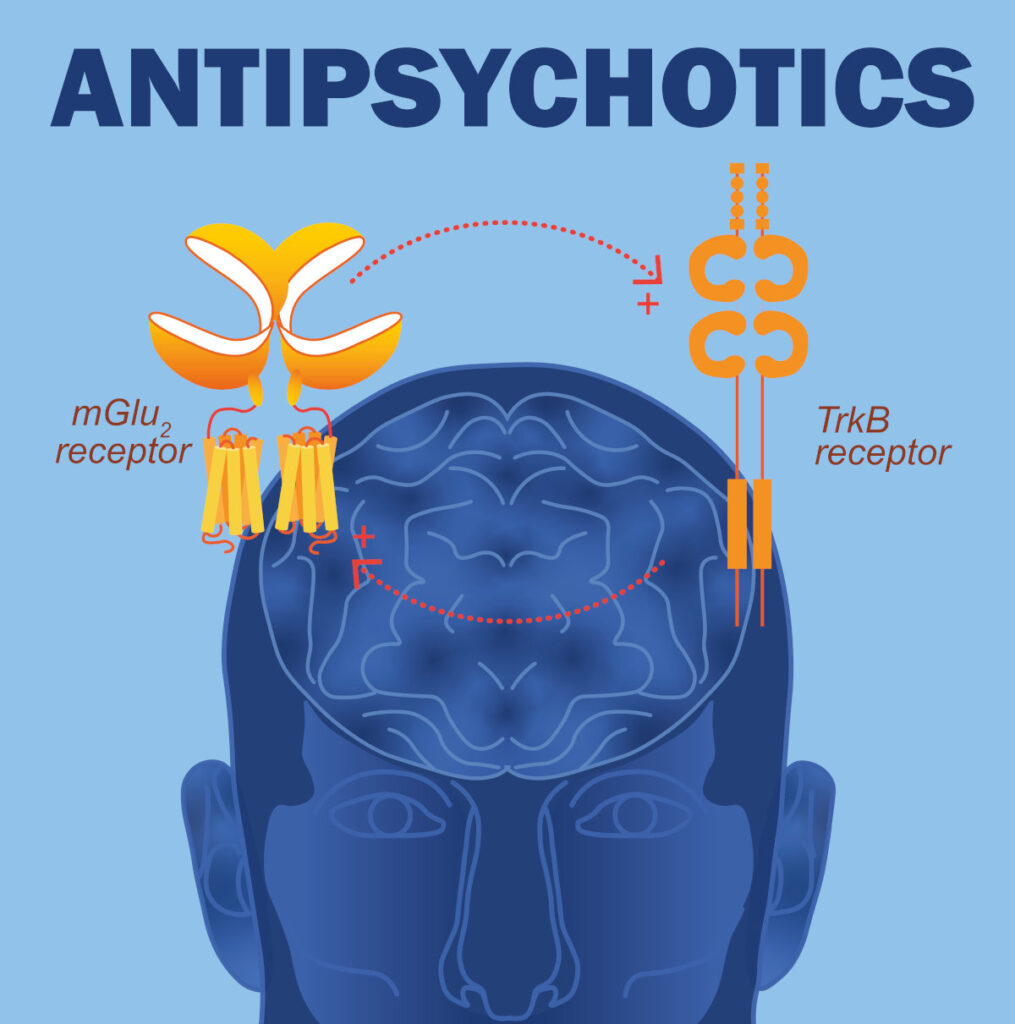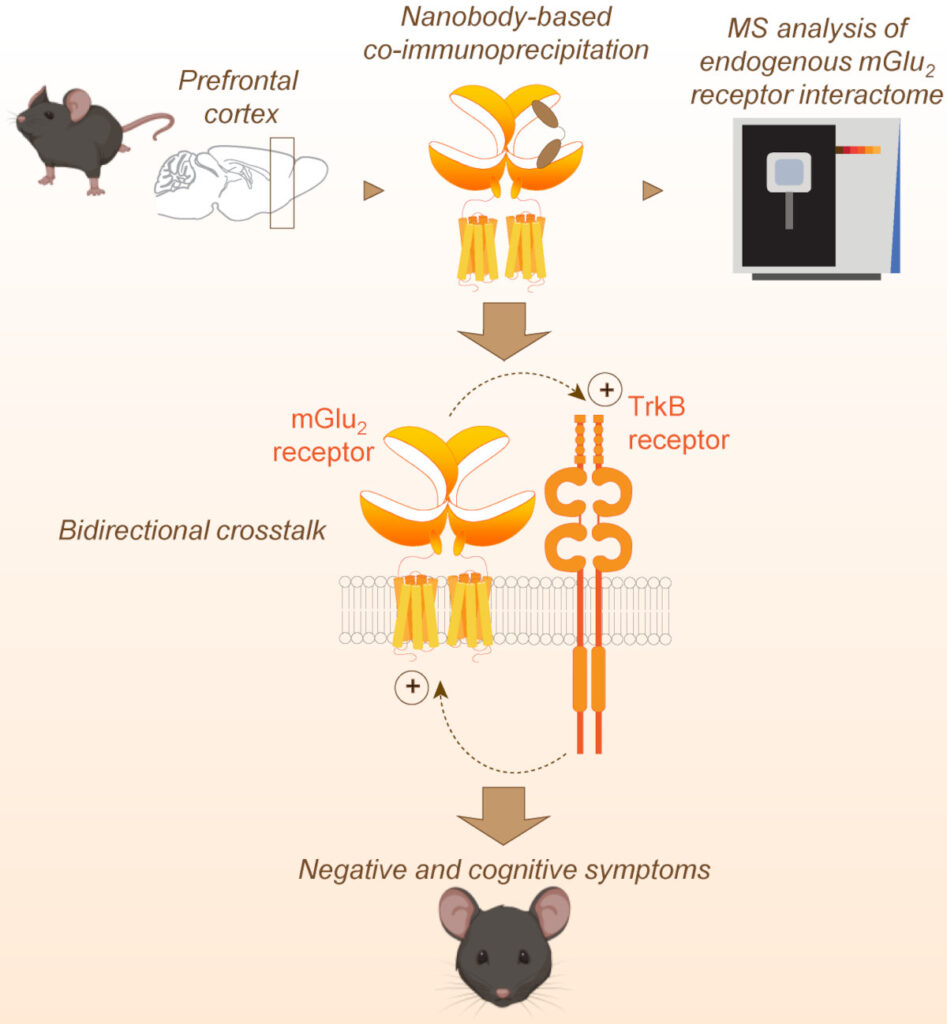A new mechanism of action for tomorrow's antipsychotics
In a groundbreaking scientific paper published in Science AdvancesCNRS biologist Franck Vandermoere, together with three teams from the Institut de Génomique Fonctionnelle (University of Montpellier, CNRS, INSERM) and a team from Huazhong University in Wuhan (China), have worked to decipher the mode of action of a new class of antipsychotics targeting the mGlu2 glutamate receptor, in order to understand how they reduce the so-called "negative" and "cognitive" symptoms of several illnesses, including schizophrenia.

Schizophrenia is a severely debilitating mental illness affecting over 1% of the world's population. It is characterized by positive symptoms (hallucinations, delusions), negative symptoms (lack of energy, difficulty taking action, difficulty concentrating, attenuation of emotions, difficulty forming relationships) and cognitive disorders (difficulty memorizing, disorganized thinking, blurred or incomprehensible speech, aimless attitudes). While the antipsychotics currently used in clinical practice are effective in controlling the positive symptoms of the disease, they have little effect on the negative symptoms and cognitive disorders that make social integration so difficult and cause so much suffering for patients and their families.
To meet this therapeutic need, a new class of antipsychotics targeting the mGlu2 glutamate receptor is currently in clinical trials. Although interference with some current antipsychotics has been detected, they remain drug candidates for first-line treatment, with efficacy not only on positive symptoms but also, and above all, on the negative and cognitive symptoms of the disease. The mechanisms by which mGlu2 receptor stimulation acts on symptoms resistant to current antipsychotics remain unknown to date.
A surprising discovery
Using a technologically innovative approach based on a nanobody (tiny Llama antibody) and high-resolution mass spectrometry analysis, the authors discovered an interaction of the mGlu2 receptor with the neurotrophin TrkB receptor, factors essential for neuronal survival and differentiation. They then demonstrated in a preclinical model of schizophrenia that the TrkB receptor plays a key role in the response to antipsychotics targeting the mGlu2 receptor, particularly with regard to behavioral disturbances resistant to current antipsychotics.
This work has therefore identified an important mechanism of action of tomorrow's antipsychotics on the resistant symptoms of schizophrenia.

Further information
Publication in Science Advances: here